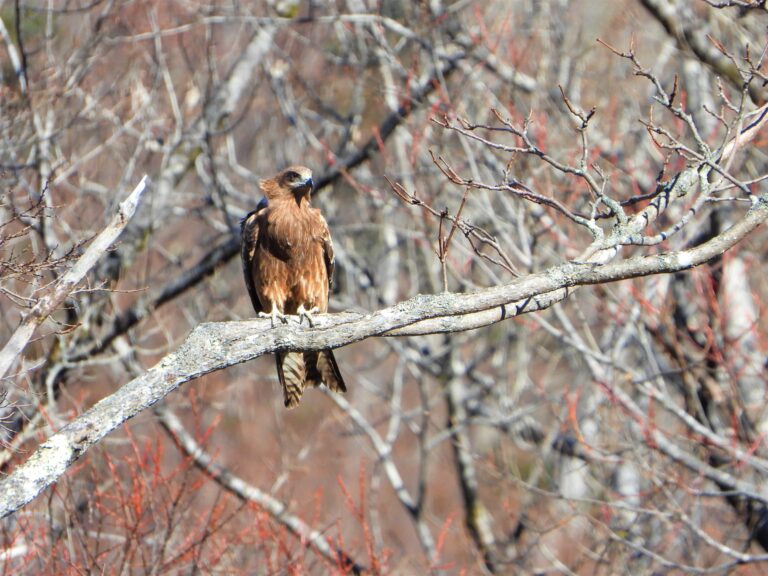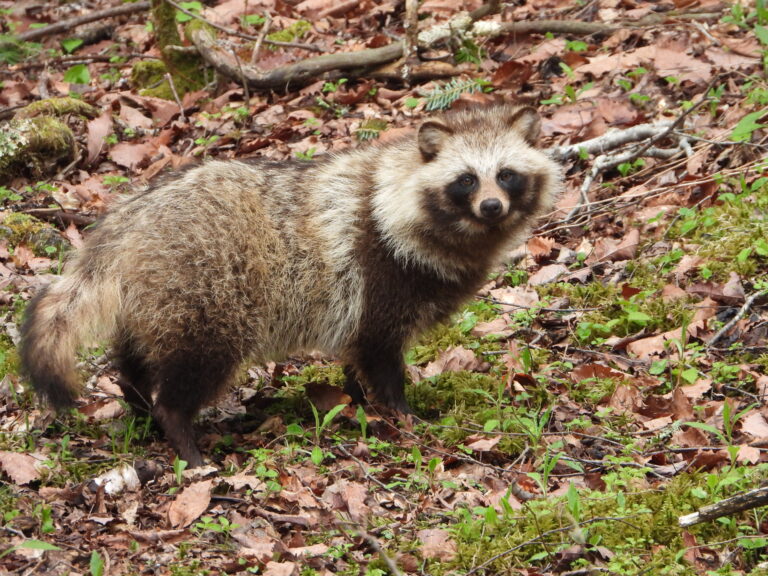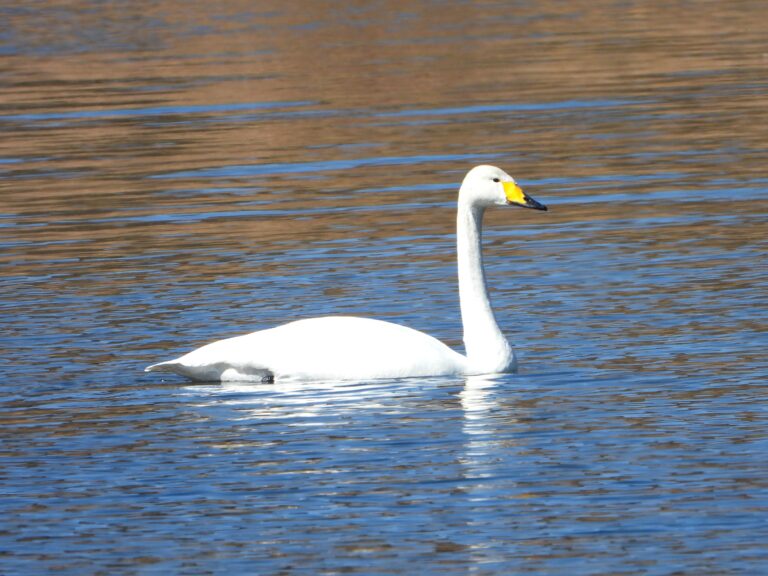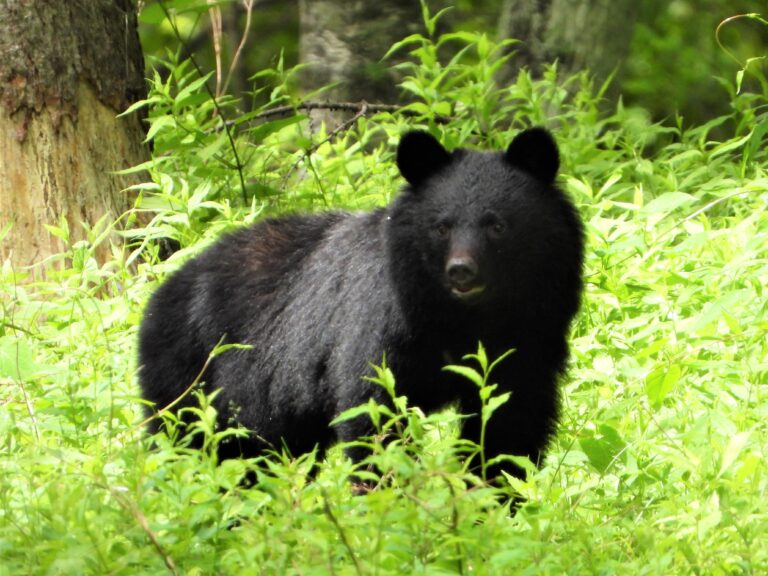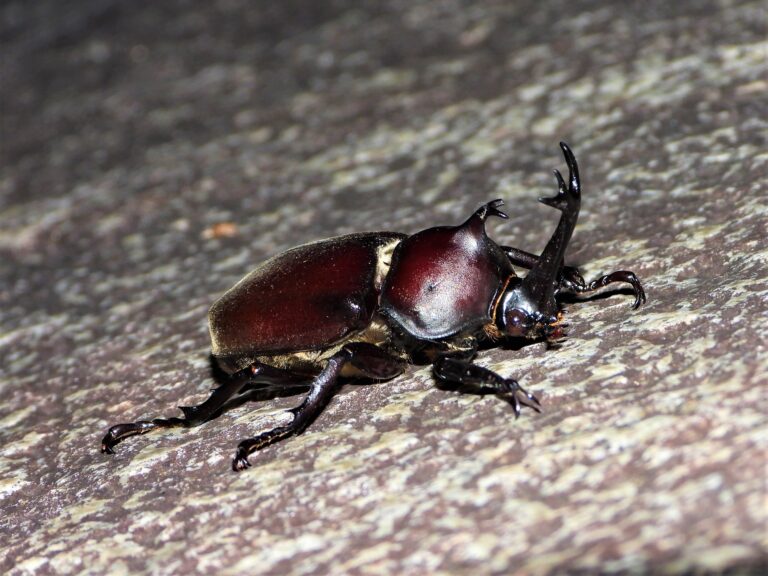Dangerous Animals in Japan: Bears, Boars, Snakes, Hornets & Ticks
Japan is one of the world’s safest countries, but its mountains and forests are home to a handful of dangerous animals. This guide introduces the five most important land animals to watch out for—bears, wild boars, venomous snakes, and hornets—plus one overlooked risk: ticks.
Whether you are hiking, camping, or exploring rural areas, knowing how to avoid and respond to these creatures is essential. In an emergency, dial 119 for an ambulance in Japan.
Asian Black Bear (Ursus thibetanus) & Brown Bear (Ursus arctos)
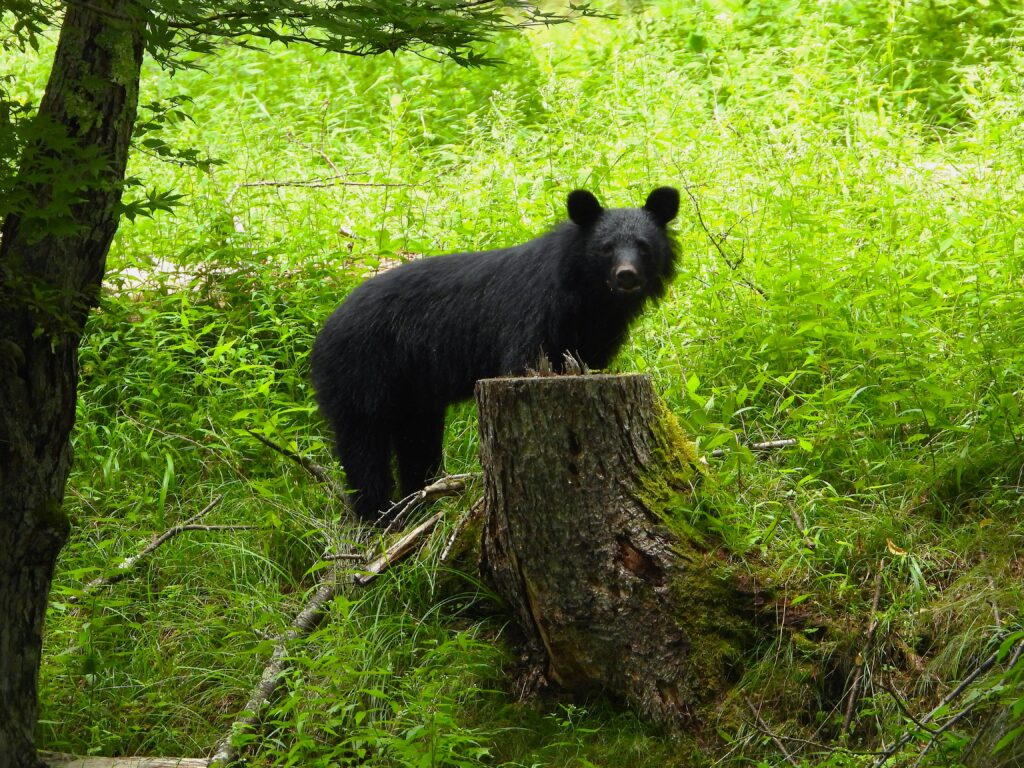
Found in Honshu and Shikoku (Asian Black Bear) and in Hokkaido (Brown Bear), these are Japan’s largest land predators. Encounters are rare but can be dangerous, especially in autumn when food is scarce.
Safety tips:
- Make noise on forested trails and avoid hiking alone.
- Store food securely and never feed wildlife.
- If you see a bear, stay calm, back away slowly, and never run.
→ Read the full species profile
Wild Boar (Sus scrofa)
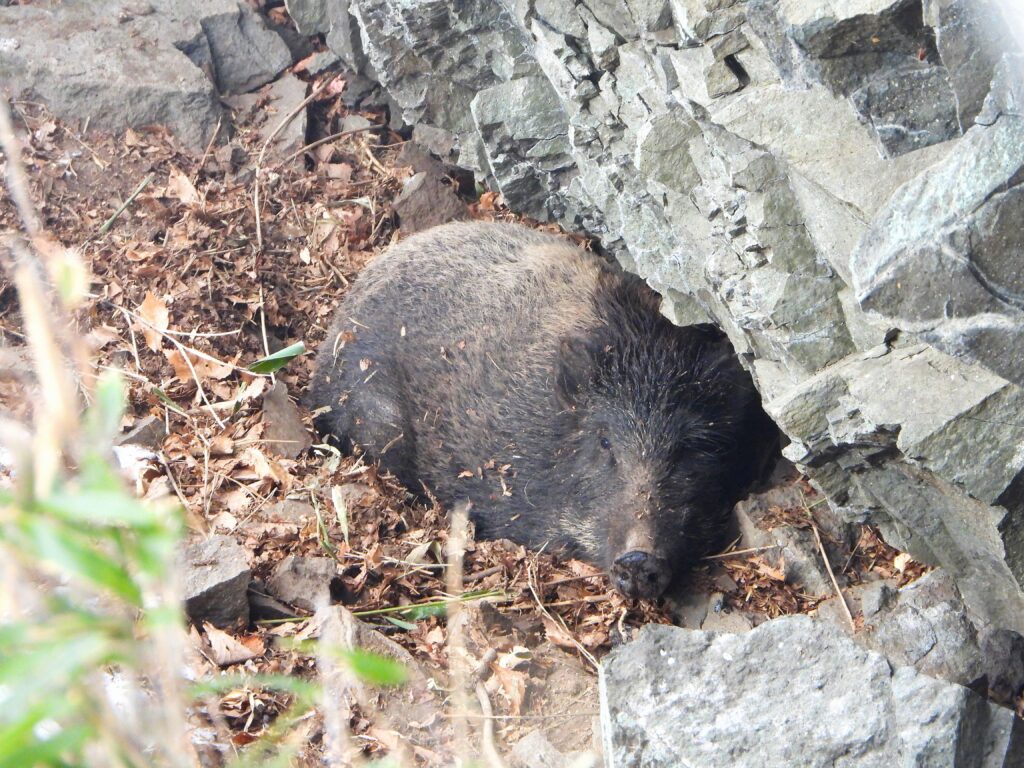
Wild boars are widespread in satoyama forests, farmland edges, and even suburban areas. They are powerful and unpredictable, with females defending their young aggressively.
Safety tips:
- Keep your distance and never try to approach or feed them.
- If encountered, slowly back away.
- Use natural barriers like trees or fences if threatened.
→ Read the full species profile
Japanese Mamushi (Gloydius blomhoffii)
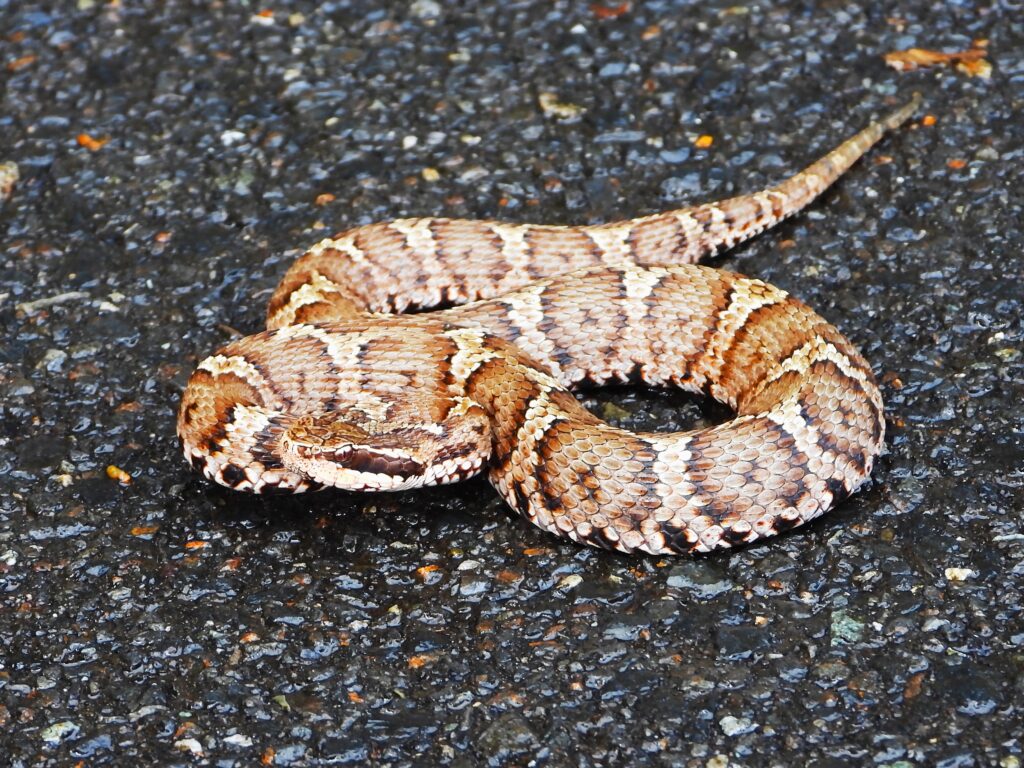
The mamushi is Japan’s most common venomous snake and causes the majority of snakebites. Its venom can lead to swelling, severe pain, and occasionally life-threatening complications.
Safety tips:
- Watch your step in grassy areas, rice fields, and stone walls.
- If bitten, call 119, keep the victim still, and remove rings or watches.
- Do not cut, suck, apply ice, or use a tourniquet.
→ Read the full species profile
Tiger Keelback (Rhabdophis tigrinus)
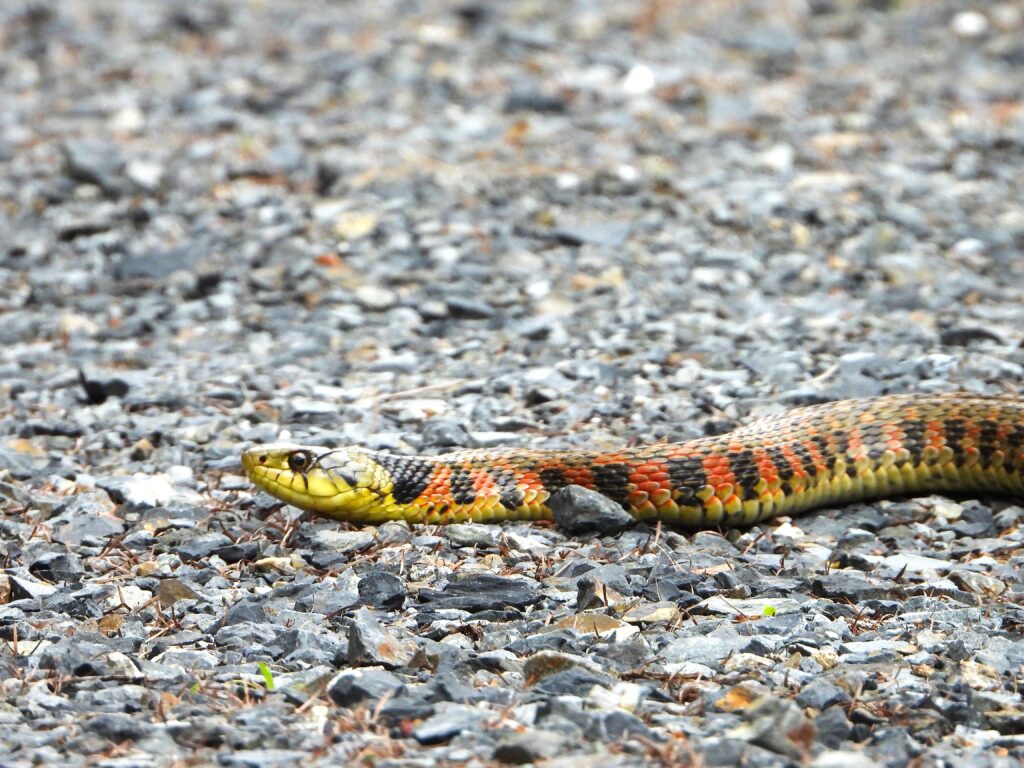
A rear-fanged snake often overlooked, the Tiger Keelback carries potent venom that can disrupt blood clotting and cause dangerous bleeding. It is usually found near rivers, ponds, and rice paddies.
Safety tips:
- Treat every bite as a medical emergency.
- Keep the limb immobilized and get hospital care immediately.
→ Read the full species profile
Hornets (Vespa spp.)
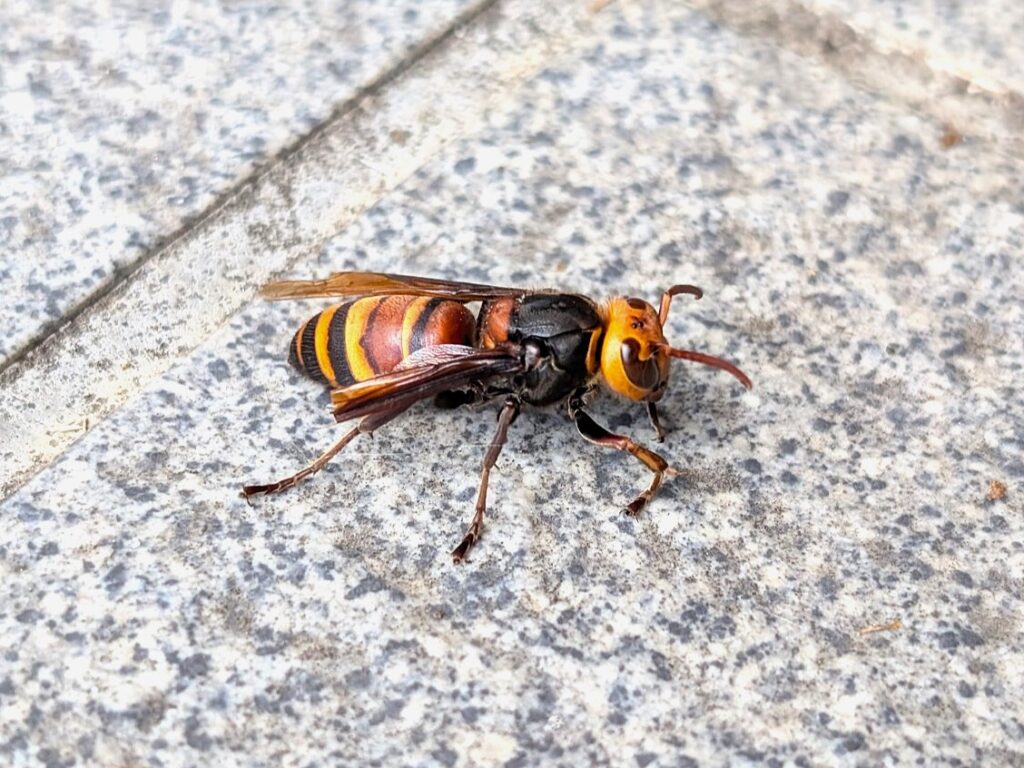
Japan is home to several hornets, including the Asian Giant Hornet (Vespa mandarinia) and the Japanese Hornet (Vespa analis). They defend their nests aggressively, and multiple stings can be life-threatening. Nests may be found in trees, under roofs, or underground.
Safety tips:
- Stay on open trails and avoid disturbing nests.
- If a hornet hovers near you, remain still and then slowly back away.
- Multiple stings or allergic reactions require immediate medical attention.
→ Read the full species profile
Ticks (Ixodidae)
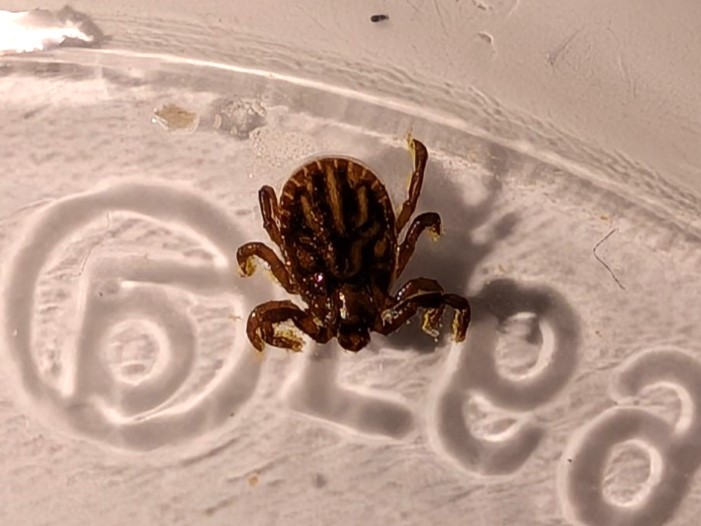
Small but dangerous, hard ticks in Japan can transmit SFTS (Severe Fever with Thrombocytopenia Syndrome), Japanese spotted fever, and Lyme disease. They are common in tall grass, forest trails, and areas with wildlife such as deer and boar. Tick bites can occur even in suburban parks.
Safety tips:
- Wear long sleeves and tuck pants into socks.
- Use insect repellent and avoid brushing against tall vegetation.
- After hiking, shower and check your body, clothing, and gear carefully.
- Remove ticks with fine-tipped tweezers. Do not squeeze with fingers.
- Watch for fever, rash, or fatigue in the days after a bite and seek medical advice if symptoms occur.
→ Read the full species profile
Safety Checklist
- Stick to marked trails and avoid wandering into tall grass.
- Hike with a buddy and make noise in dense forest.
- Carry essentials: bandages, disinfectant, antihistamines, charged phone, and map.
- Know the numbers: 119 (ambulance/fire), 110 (police).
FAQ
Are bears common on popular trails?
Sightings vary by region and season, and attacks are rare on busy trails. Make noise and follow local advisories.
What should I do if a hornet follows me?
Stand still for a moment and then back away slowly. Do not swat. If multiple stings occur or symptoms spread, seek care.
Which snake is more dangerous, Mamushi or Tiger Keelback?
They pose different risks: mamushi causes most bites, and Tiger Keelback can cause serious bleeding. Either bite warrants urgent medical care.
Do I really need tick checks after hiking?
Yes—ticks are easy to miss. Shower, check behind knees, waistline, neck, and scalp, and remove any tick properly.
What’s Japan’s emergency number?
Dial 119 for ambulance/fire and 110 for police.
Conclusion
Japan’s wilderness is stunning, but it requires respect. By learning about dangerous animals and following basic precautions, you can safely enjoy hiking and exploring. Stay alert, stay prepared, and let nature be a memorable part of your journey.


